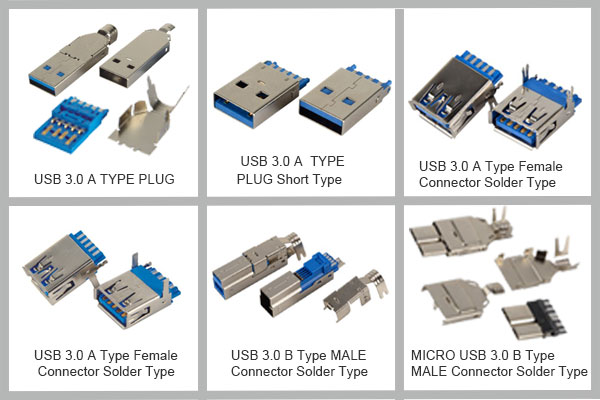


USB 2.0 and 3.0 both operate at 5V, 1.8A, but USB 3.1 rose it to 20V, 5A, enabling users to power up larger devices. The reason for this is because the 2.0 uses the half duplex data transmission method whereas the 3.0 and newer use the full duplex data transmission method.


This means that data can be sent and received simultaneously with the latest flash drives, while data can only be sent or received at a time with 2.0 and older. 3.0 and 3.1 have since improved upon this speed by bringing it up to 5 Gb per second and 10 Gb per second, respectively.Īlso regarding data transfer, the USB 2.0 and older models are only capable of processing data in a single direction at a time, but newer 3.0 and 3.1 models allow for data transfer in both directions. USB 1.0 only had a data transfer speed of 12 Mb per second, but was later sped up to 480 Mb per second with USB 2.0. Bus-powered USB devices that requires more power than what USB 2.0 can provide are not compatible with USB 2.0.įor products related to this article, click here.Get a Quote! Data Transfer Rates and Directions.Devices that require USB 3.1 transfer speeds of 10Gbps might not work with USB 3.0 or USB 2.0, or you might experience lower transfer speeds and impacted performance.Unless you use an adapter, USB-C ports or cables will not work with USB-A or USB-B ports or cables.USB-B 3.1 cables are not compatible with USB-B 2.0 ports.USB 3.1 is backwards compatible with USB 3.0 and USB 2.0, except in the following scenarios: USB 3.0 is also known as USB 3.1 Gen 1 (5Gbps). USB 3.0 is capable of data transfer speeds up to 5Gbps. USB 3.1 is also known as USB 3.1 Gen 2 (10Gbps). To achieve USB 3.1 transfer speeds, your USB host connection, cables, and device must all support USB 3.1. It is capable of data transfer speeds up to 10Gbps, and while it can use the USB-C connector type, it can also use a variety of other connector types. USB 3.1 is the most recent version of the USB (Universal Serial Bus) standard for connecting computers and electronic devices.


 0 kommentar(er)
0 kommentar(er)
